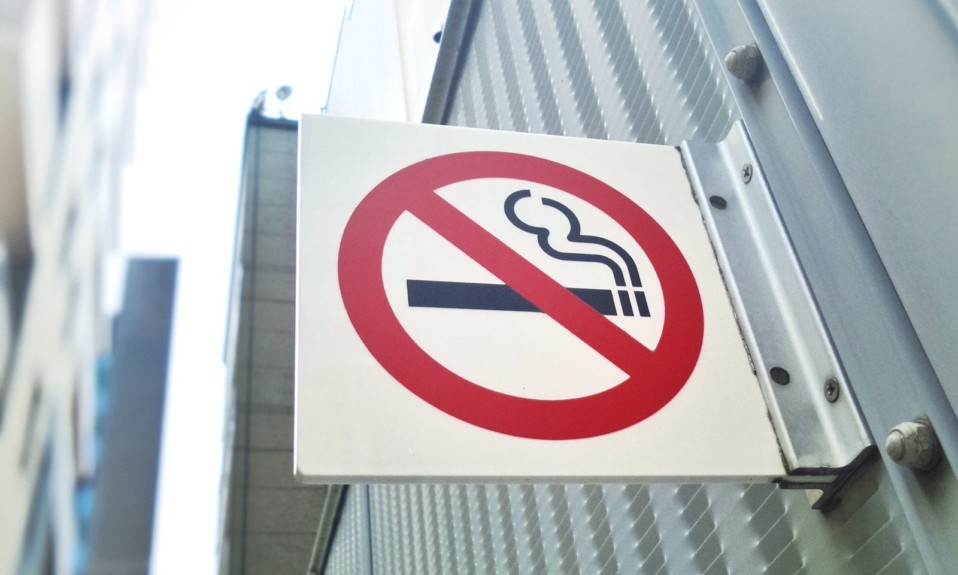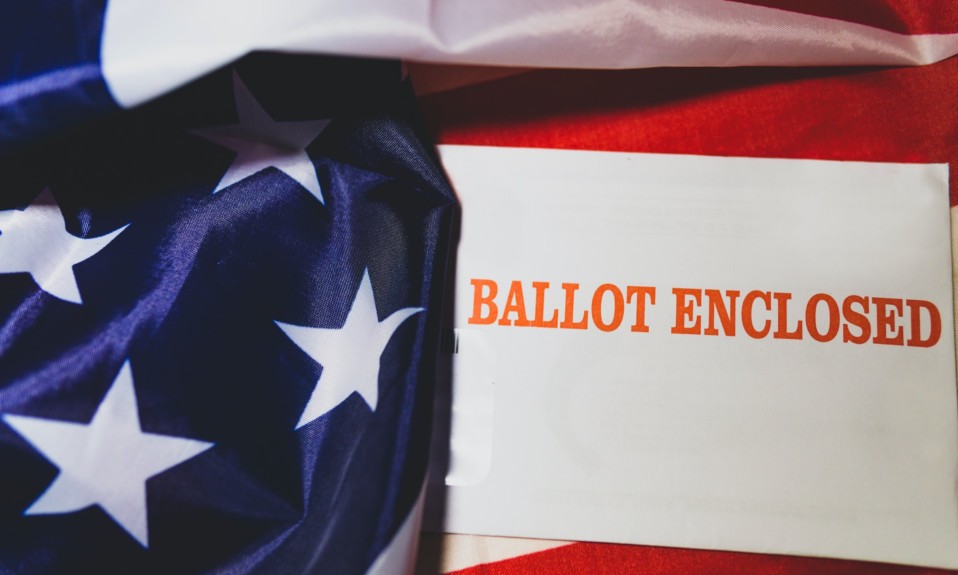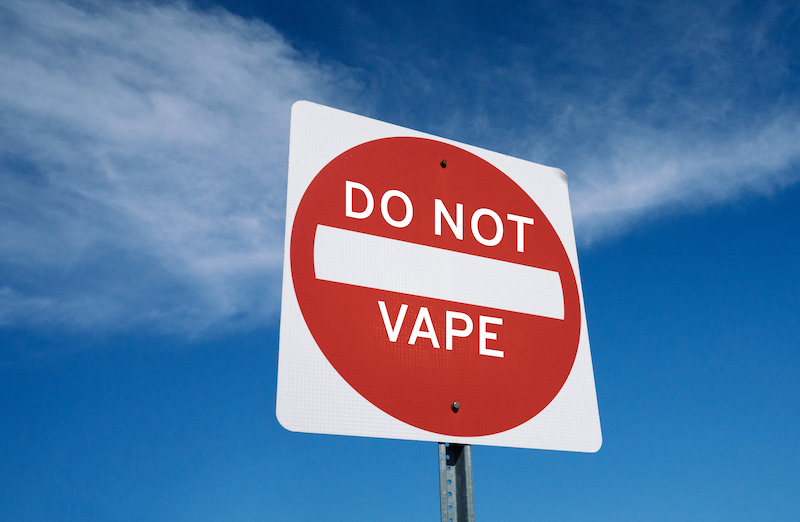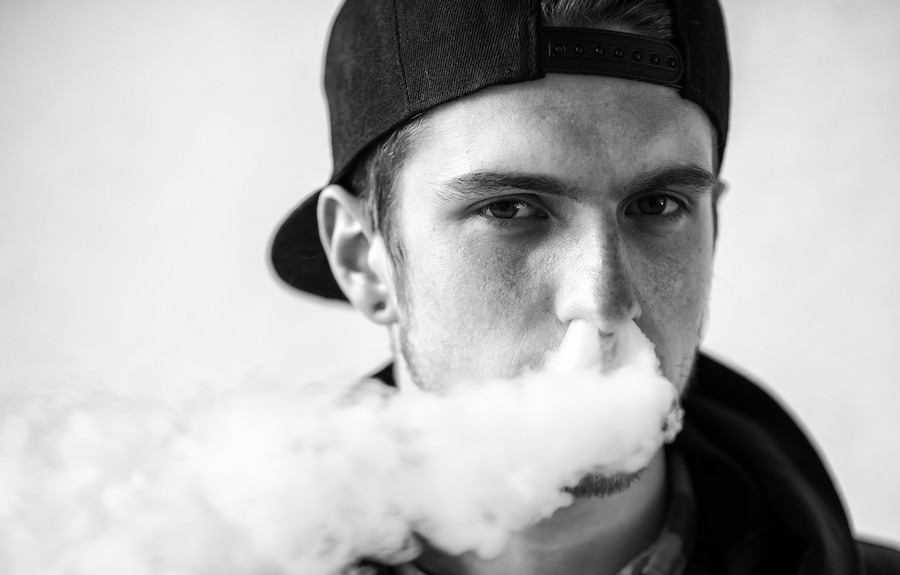State voters will decide, again, if sales of all flavors of tobacco should be banned
By Jennifer Taylor
In a little more than six months, Californians will again be asked to decide the fate of flavored tobacco products sold in the state. Judging by the disparity in money being funneled into opposing campaigns, voters might think there is a David and Goliath-like battle underway.
The ballot measure, commonly called California Flavored Tobacco Products Ban Referendum (2022), was filed by tobacco manufacturers to overturn Senate Bill 793, which bans the sale of flavored tobacco products, including menthol. The measure takes aim at both vaping devices and traditional cigarettes. It also is representative of the ongoing tug of war between deep-pocketed tobacco manufacturers (which say they are looking out for small businesses) and lawmakers supported by anti-tobacco advocacy groups (which say they are protecting the public, including people under the legal-user age of 21, from the dangers of nicotine addiction). The tobacco industry contested the 2020 bill signed into law by Gov. Gavin Newsom by filing a “veto referendum” within days of the law’s passage, and then gathering enough signatures to bring the question to the ballot this November.
“[The tobacco industry] has been able to sell and peddle their poisonous products through the state of California with impunity during this waiting period.”
Meredith Berkman, founder, Parents Against Vaping e-cigarettes
The process is a citizen-initiated ballot measure driven by opponents of the law (in this case tobacco manufacturers) that asks voters to either uphold or repeal the law, with their aim to repeal it. Supporters for a “yes” vote want the 2020 bill upheld, while “no” supporters are contesting the law and vying to keep the sale of flavored tobacco legal. Bay Area lawmaker Jerry Hill, who authored the bill, has said the tobacco industry’s use of alluring flavors beguiles a new generation into nicotine addiction while keeping longtime users hooked. Proponents of the veto referendum have said the law does more harm than good, hurting small businesses, eliminating tax revenues and perpetuating avoidable police interactions in communities.
“It’s not a secret that we and everyone in public health … are seeking a world where the harms of commercial tobacco no longer exist,” Natalie Hemmerich, JD, MPH, lead senior staff attorney for California technical assistance for the national Public Health Law Center, said in a recent Zoom interview. “Menthol is one of the most harmful flavors. It makes [tobacco] initiation easier, makes your addiction deeper [and] makes quitting harder.”
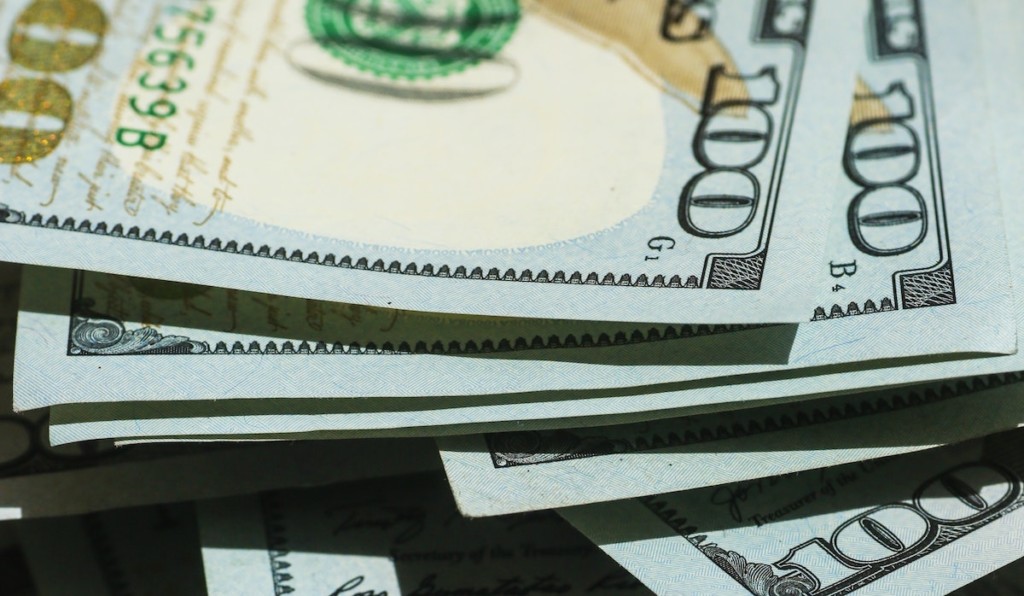
Pulling back the curtain on the campaign money pouring into both sides of this question, observers may note the largely lopsided campaign finance contributions and spending. To date, the political action committee California Coalition for Fairness, which aims to overturn the ban, has contributed $21.2 million to the campaign. In contrast, the Committee to Protect California Kids, which supports the bill, has raised $2.7 million. Here’s a look at the people and entities behind the money.
Donors to the California Coalition for Fairness include:
- R.J. Reynolds Tobacco Company, $10.3 million
- Philip Morris USA, Inc., $9.8 million
- ITG Brands, LLC, $500,000
- Swedish Match North America LLC, $500,000
Donors to the Committee to Protect California Kids include:
- Michael R. Bloomberg, $1.47 million
- Kaiser Foundation Health Plan, Inc., $1.1 million
- Jerry Hill for Assembly 2024, $51,229
- Healthy California, $25,000
- Tobacco-Free Kids Action Fund, $7,782 (in-kind contribution)
So far, the California Coalition for Fairness has spent $20.9 million, while the Committee to Protect California Kids has spent $1.3 million. The next scheduled campaign finance disclosure report is on April 30, 2022.
Language used on such ballot measures can be confusing to citizens. In this case, the ballot title will read: “Referendum Challenging a 2020 Law Prohibiting Retail Sale of Certain Flavored Tobacco Products.” Some might think voting “no” on a referendum means you oppose it. In this case, as in others in the past in California, a “no” vote actually supports the referendum’s aims.
Money and Tobacco Legislation
But money doesn’t always predict the outcome of elections. At least that’s what anti-tobacco advocates are banking on. They believe California voters are savvy to the tactics of the tobacco industry and will uphold the 2020 ban on flavored tobacco products.
“The tobacco industry can do whatever it wants to attempt to slow down policies like this, but this is where we are headed.”
—Desmond Jenson, Public Health Law Center
“There are literally dozens of local-level policies all across the state of California that already represent probably a majority of the population,” says Desmond Jenson, lead senior staff attorney for federal legislation at the Public Health Law Center. “The tobacco industry can do whatever it wants to attempt to slow down policies like this, but this is where we are headed.”
Mike Roth, spokesperson of Yes to Protect Kids, described the veto referendum as tobacco companies doing what they have always done: spending tens of millions of dollars to “lie, deceive and confuse voters.” Being outspent by tobacco companies is nothing new, he says. “But voters, year after year, vote to protect kids from getting hooked on nicotine,” Roth adds.
Thomas Briant, executive director for the National Association of Tobacco Outlets, which boasts a membership of more than 60,000 retail stores, manufacturers and distributors, responded to an email from TreatmentMagazine.com by declining to comment.
“They’ll spend so much more money than our coalition could probably ever raise.”
—Meredith Berkman, Parents Against Vaping e-cigarettes
For Meredith Berkman, founder of the advocacy group Parents Against Vaping e-cigarettes, which helped craft the original law, the fight over this legislation is extraordinarily important. “[The tobacco industry] has been able to sell and peddle their poisonous products through the state of California with impunity during this waiting period,” Berkman says, adding that their tactics are “outrageous.”
“You can look at the numbers and see how much money they have been pouring in,” Berkman continues. “They’ll spend so much more money than our coalition could probably ever raise.”
History of California’s Flavored Tobacco Ban
The battle over sales of flavored tobacco products began at the local level in California. In 2017, the San Francisco Board of Supervisors passed an ordinance restricting the sale of flavored tobacco. In response, R.J. Reynolds Tobacco Company launched a veto referendum campaign to repeal the ordinance. The campaigns back then were similarly lopsided, with R. J. Reynolds contributing $12.9 million to repeal the ordinance, while the effort to uphold it received $3.2 million, including $2.3 million from former New York City mayor Michael Bloomberg. Despite the huge disparity in financing, San Francisco voters chose to uphold the ordinance banning flavored tobacco by a more than two-thirds vote (68.39%).

Three years later, Newsom signed into law SB 793 with a state senate vote of 34-0. All 29 State Senate Democrats and five Senate Republicans voted for the bill. The remaining legislators were absent or abstained. The law bans the sale of flavored tobacco products and tobacco product flavor enhancers, with exceptions for hookah tobacco, loose-leaf tobacco and premium cigars. Retailers would be fined $250 for each sale violating the law.
In 2019 both houses of the U.S. Congress passed a federal law, effective immediately, raising the legal age to purchase tobacco to 21. Hemmerich says that before the federal law change, the tobacco industry made very little effort to intervene. But, she notes, as soon as governments took aim at flavored tobacco, there suddenly was interest. “It really felt like their money and profits were being threatened by flavor policies over even increasing the minimum legal sales age,” she says.
Other Flavored Tobacco Updates
Just this month, anti-tobacco advocates celebrated other wins. A significant ruling came down from the U.S. 9th Circuit Court of Appeals that said state and local governments can ban the sales of flavored tobacco products. The decision upheld a lower-court ruling that was to take effect in 2020 allowing a Los Angeles County ban of products including vaping materials and combustible menthol cigarettes. The 2-1 ruling also applied to the actions taken by San Francisco and Berkeley, Calif., in 2019.

Additionally, a study published in the journal Tobacco Control this month outlines weaknesses in a 2021 analysis of San Francisco data that suggested flavored tobacco bans applied to e-cigarettes and traditional cigarettes might actually cause an increase in youth smoking. The new study reaches the opposite conclusion.
According to Jonathan P. Winickoff, MD, MPH, a pediatrician at MassGeneral Hospital for Children, professor of pediatrics at Harvard Medical School and an author of the new study, organizations associated with the tobacco industry used the previous analysis to justify their opposition to restrictions on flavored tobacco. A closer analysis by Winickoff showed that previous data on youth smoking was collected before the ban was enforced. Researchers also examined data from Oakland, Calif., after a flavor ban was enforced that appears to show a decreasing trend in the use of regular cigarettes among youth, according to a statement released by MassGeneral.
If voters uphold SB 793, California will join only one other state, Massachusetts, in adopting bans on flavored tobacco products including menthol. New Jersey, New York and Rhode Island also have bans on flavored e-cigarettes, but not menthol cigarettes.
Berkman believes the outcome of the referendum will have an enormous impact.
“Everyone will be watching,” she says. “Because when we win … it can have a domino effect because you’ll have both ends of the country.”
Top photo: Possessed Photography; bottom photo: Giorgio Trovato


